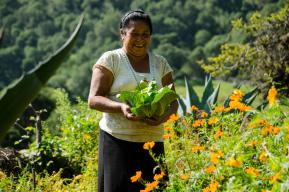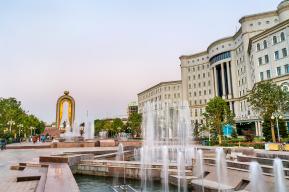Article
Heritage and innovation: decorative painting and fresco restoration in the Caribbean and Europe
Mural paintings have played a crucial role as visual records of diverse cultures throughout history. This art form, the earliest developed by humans, provides a window into the past that allows us to understand the evolution of humanity and is a powerful tool for expressing the cultural identity of a community as well as the creativity of the artists. Although decorative painting has had a prominent presence in Europe, it is also part of the rich cultural heritage of Latin America.
To foster its appreciation and discuss the challenges involved in its restoration, the UNESCO programme Transcultura: Integrating Cuba, the Caribbean and the European Union through Culture and Creativity, funded by the European Union, in collaboration with the professional network of European artisans Mad'in Europe, organized the online debate and exhibition Decorative Painting and Frescoes Restoration in the Caribbean and Europe. Skills connecting heritage and contemporary creation, which took place on 26 March 2024 via Zoom.
Frescoes and murals are one of the ancient forms of visual recording of a community's culture. Currently, street art also offers a much more accessible space for participation and consumption of art, as it turns public spaces into open-air canvases.
At the event, European professionals and young Caribbean creators highlighted how knowledge and skills in decorative painting can serve both conservation and contemporary creation, as well as the breadth that this profession represents in terms of creativity, personal fulfilment, employment, preservation of cultural heritage and sustainability in maintaining and building the heritage of the future.
Muralism is a growing industry. Both the private sector and institutions use it to convey messages, enhance environments, and promote social cohesion. It adds value to spaces and becomes a source of job creation.
Participants shared best practices and advice related to conservation, such as the choice of sustainable materials, innovation in product formulation, the importance of keeping up with new trends and how to empower decorative painters to meet today’s challenges and respond effectively to the commissions they receive.
Mural paintings are essential vehicles for intergenerational cultural transmission. Due to their importance and vulnerability, a particularly fertile field of scientific and technical research has been developed to generate conservation and restoration methods that are increasingly respectful of the works.
Through this initiative, the Transcultura programme promotes regional integration and knowledge sharing and opens up opportunities for collaboration between professionals from the Caribbean and Europe.






